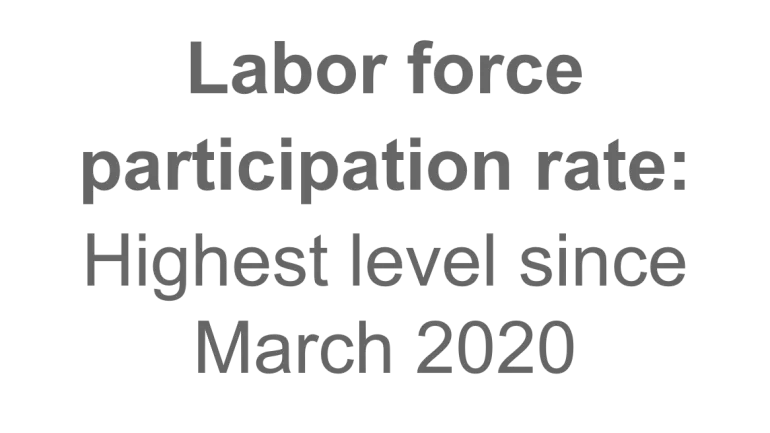Economic Commentary: Elevated inflation risk, continued virus interruptions lead to shift in Fed focus

Chief Economist
Pohlad Companies
The past few weeks have been particularly eventful with developments affecting the economy. Of course, everyone is aware of the emergence of the Omicron variant of the COVID virus. Although it is too soon to know all the ramifications of this variant, it clearly represents a downside risk to the economy. Just as significant has been the pivot by the Federal Reserve in their messaging regarding inflation and the possible acceleration of the tapering plan they announced at the beginning of November. Here are some of the economic reports that led to this change by the Fed.
Consumer Price Index and Spending
The report that had the biggest impact on the Fed backing away from their thesis of “transitory inflation” was the release of the Consumer Price Index (CPI) for October, which saw the CPI rising to a 30-year high of 6.2% year over year. Pricing increases were broad-based, supported by continuing supply chain bottlenecks, higher energy prices, and increasing rents. There are signs that longer-lasting cyclical inflation pressures are continuing to build that could result in even higher CPI readings and an un-anchoring of stable inflation expectations.
With inflation rising faster than wages, year-over-year real disposable income growth was negative for the third month in a row. Personal spending continues to be strong, however, as consumers are dipping into savings to purchase goods at inflated prices. The level of personal savings is now below its pre-pandemic level. As discussed previously, history suggests that consumer spending slows once people start to dig into savings to satisfy their spending. This slowing trend may become more evident in the new year.
Employment
The November employment report released on Friday provided some confusing data. The headline non-farm payroll number showed a gain of only 210,000 during the month, well below expectations, and the weakest monthly reading this year. On the other end of the spectrum, the household survey showed a strong, broad-based 1.1 million increase, the best showing this year.
Employment reports are some of the most revised reports, so we’ll have to see what the next release says. Regardless, based on the household survey, the unemployment rate fell to 4.2%, and more importantly, the size of the labor force increased by the largest amount this year. Consequently, the participation rate improved to the highest level since March 2020. The improvement in the size of the labor force is a long-awaited positive development that is critical for long-term GDP growth.
Fed Messaging
The nomination of Jerome Powell for a second term as Fed Chair by President Biden was announced before Thanksgiving. Of more importance, however, was Chair Powell’s testimony this past week before the Senate Banking Committee. Powell admitted that “price increases have spread much more broadly in the recent few months” and as a result, “the risk of higher inflation has increased.” He said that is it appropriate for the Fed to consider accelerating the tapering process of asset purchases at their upcoming December meeting. This is a definite shift in the tone of the Fed’s messaging.
The emergence of the Omicron variant provides another challenge to the Fed as they attempt to address their two mandates: price stability and maximum employment. While it is pretty clear from the Chair’s testimony that he is prepared to accelerate the tapering of the Fed’s monthly asset purchases in order to address the elevated inflation readings, the unknown severity of Omicron may cause the Fed to delay their decision to accelerate. It does appear, however, that absent Omicron, in an environment in which their two mandates may require different policy responses, the Fed places more weight on the price stability mandate.
U.S. Dollar
One final topic that is often overlooked is the U.S. dollar. Relative to other currencies, the U.S. dollar has been appreciating the past six months. This is important as it is a headwind to further advances in inflation. Historically, the value of the dollar and inflation move inversely. If the dollar continues to appreciate, inflationary pressures should abate. Dollar appreciation will likely continue as long as the Fed is perceived as planning to raise interest rates in such a way that it does not choke off the continuing improvement in the U.S. economy.
In short, the likely path for the economy is to continue to advance, albeit at a slower pace than experienced during the past 18 months. The moves by the Fed will determine how smooth the path of the expansion will be. And, of course, COVID remains a wildcard.
Insights
Research to help you make knowledgeable investment decisions
